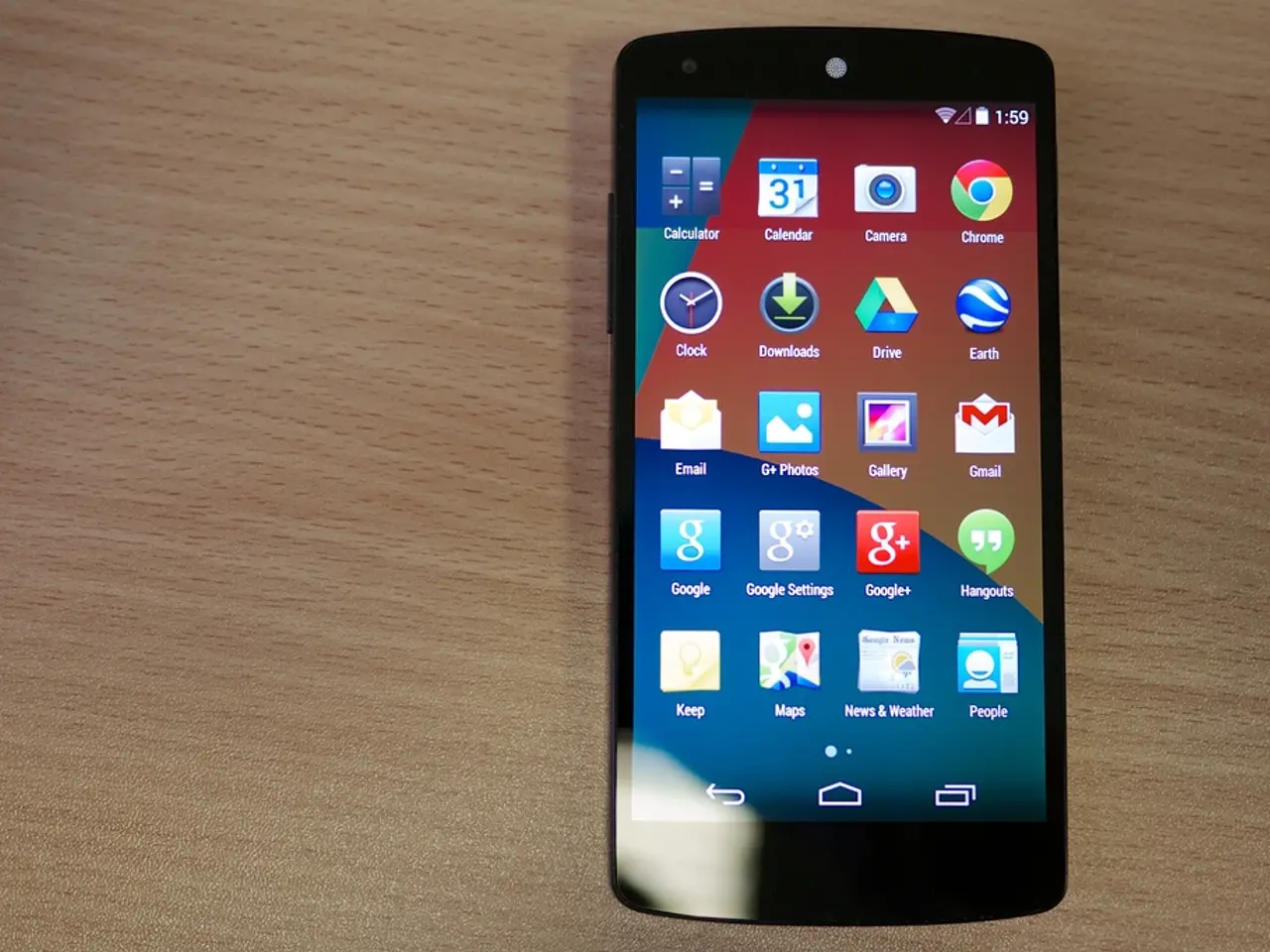"WebView Application Explained: A Comprehensive Guide for novices about WebView Apps (2025)"
In the realm of mobile application development, two popular approaches have emerged: WebView apps and Progressive Web Apps (PWAs). While both serve the purpose of delivering web content within a mobile context, they differ significantly in architecture, capabilities, and user experience.
Technical Architecture
A WebView App is essentially a native app that utilises a built-in browser component (WebView) to display web content. The app itself is a native binary, but most of the UI and logic are delivered via a web server, just as with a traditional website. The WebView acts as a container for web pages, which can be either remote (loaded from a server) or local (bundled with the app).
On the other hand, a Progressive Web App (PWA) is a website built using modern web standards (HTML, CSS, JavaScript) that leverages additional technologies like Service Workers and the Web App Manifest to offer app-like features. PWAs are accessed via a browser but can be "installed" on a device’s home screen, run offline, and use device APIs (to a limited extent).
Development & Distribution
WebView App development requires platform-specific tools (Swift for iOS, Kotlin for Android, etc.) and submission to app stores for distribution and updates.
In contrast, a PWA is built once with standard web technologies, works across platforms, and does not require app store submission. Updates are instant, as with any website.
Capabilities & Features
| Feature | WebView App | Progressive Web App (PWA) | |------------------------|----------------------------------------------|-------------------------------------------------| | Offline Support | Possible if content is bundled locally | Yes, via Service Workers caching | | Push Notifications | Native APIs, full support | Limited, depends on browser/OS | | Device Features | Full access (camera, contacts, etc.) | Limited to what Web APIs allow | | App Store Distribution | Required | Optional, discoverable via web search | | Updates | Manual, via app store | Instant, server-side | | Installability | Native install | Add to home screen, “app-like” experience |
User Experience
WebView Apps can offer a native-like experience due to the shell being native, but the web content may feel less integrated if not carefully designed.
PWAs feel like native apps (full screen, app icon, offline mode) but are constrained by browser sandboxing and platform limitations, especially on iOS.
Maintenance & Cost
WebView Apps have higher development and maintenance costs due to platform-specific code and app store processes.
PWAs have lower costs, a single codebase, easier maintenance, and instant updates.
Summary
WebView apps are native apps that display web content inside a browser component, offering full device access and app store distribution but requiring platform-specific development.
PWAs are advanced websites that use modern web APIs to deliver app-like experiences directly from the browser, with cross-platform compatibility, offline support, and easier maintenance, but with some limitations in device access and platform support.
The mobile app market is fiercely competitive, demanding uniqueness or superior functionality to distinguish your app from existing ones. Staying abreast of the latest trends and technologies is vital but can be challenging to maintain consistently.
Examples of Webview Apps include The New York Times, United Airlines, etc. However, Webview Apps may have slow loading speeds or security risks. They differ from native and progressive web apps regarding access, user experience, cost efficiency, etc.
To ensure the security of your app and its users, safeguarding personal data, securing transactions, and preventing unauthorized access are paramount. Regular updates are necessary to align with new operating systems and devices, as both iOS and Android regularly update their rules and versions.
Effectively managing available resources, including financial, temporal, and human resources, can pose a formidable challenge, even when ample resources are available.
Webview Apps can be financed across many industries. Twinr no-code app builder is an attractive option for creating a webview app that blends web development with native app performance and functionality. Twinr’s Webview App feature reduces webview app downsides, assuring faster load times, device functionality, and a smooth user experience.
- To create a news app that offers push notifications, an option to consider is a website-to-app converter tool like Twinr, which provides a no-code solution for building a webview app with fast load times, device functionality, and a smooth user experience.
- In the realm of technology and artificial-intelligence, some gadgets like phones and smartwatches have advanced capabilities that allow news apps to offer push notifications, even when built as Progressive Web Apps.
- For businesses looking to convert their existing website into a news app featuring push notifications, using a website-to-app converter like Twinr could be an efficient and cost-effective solution, as it eliminates the need for platform-specific development and app store submission.




